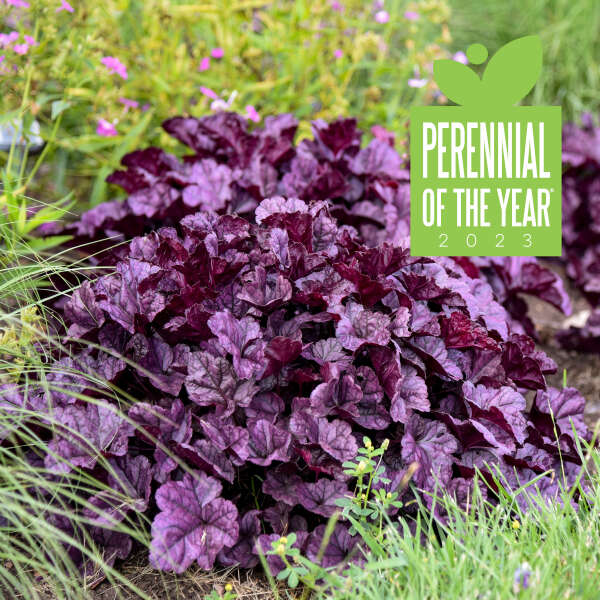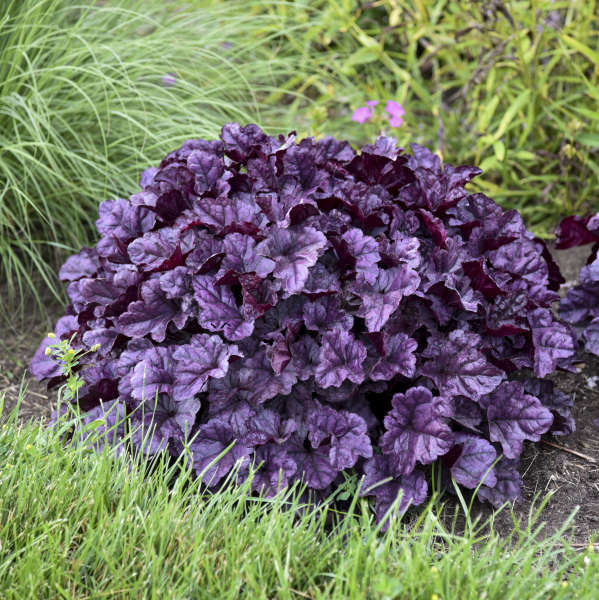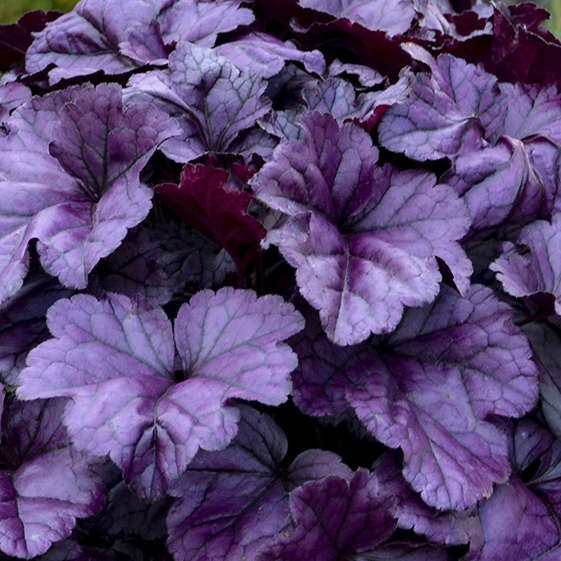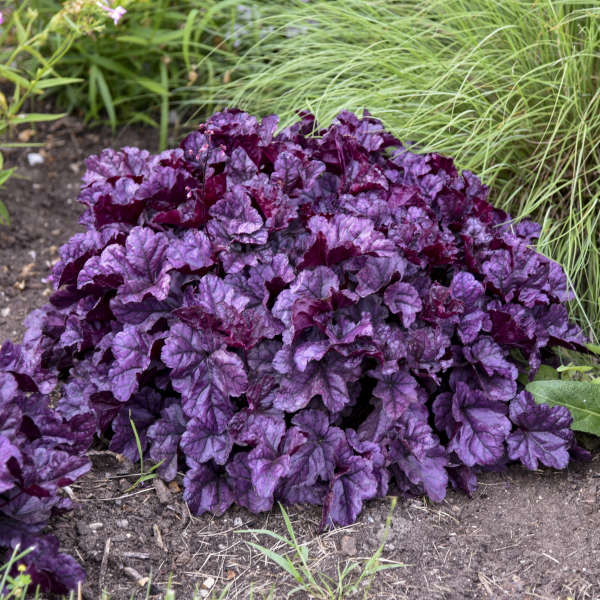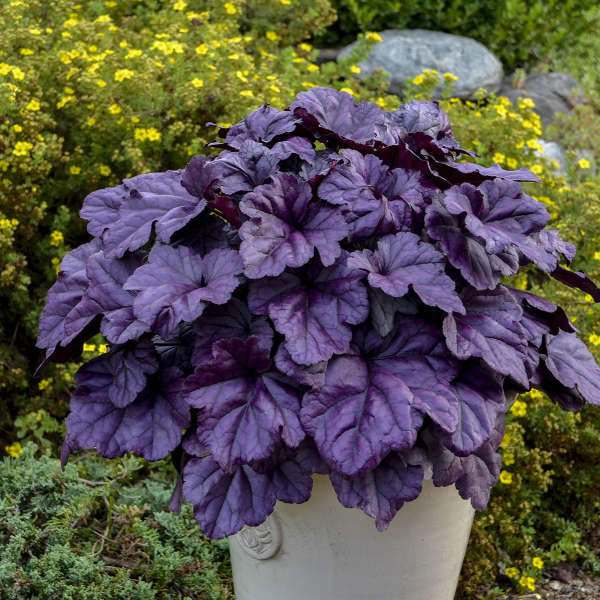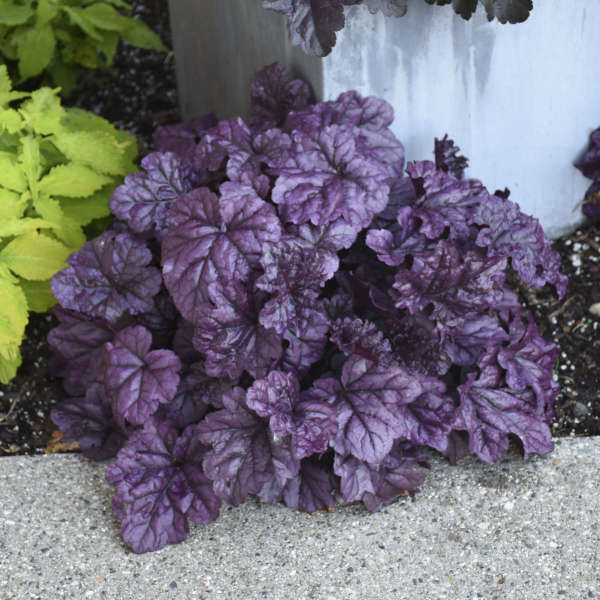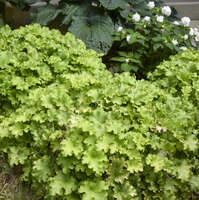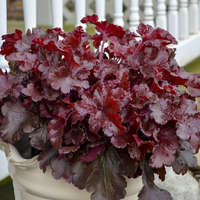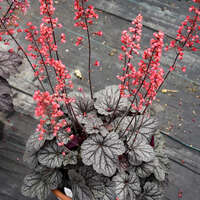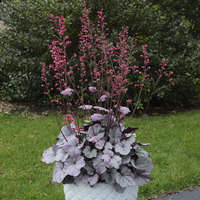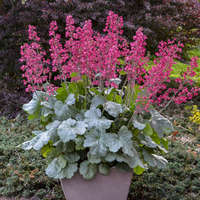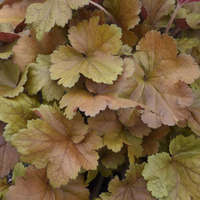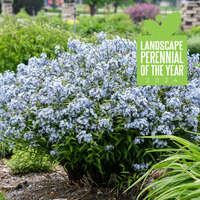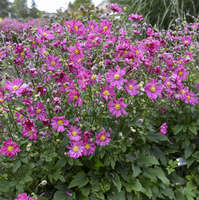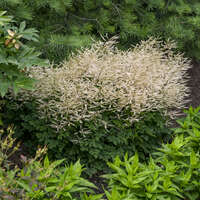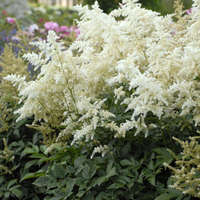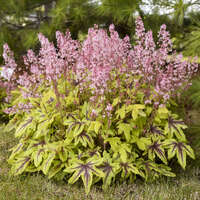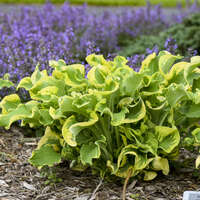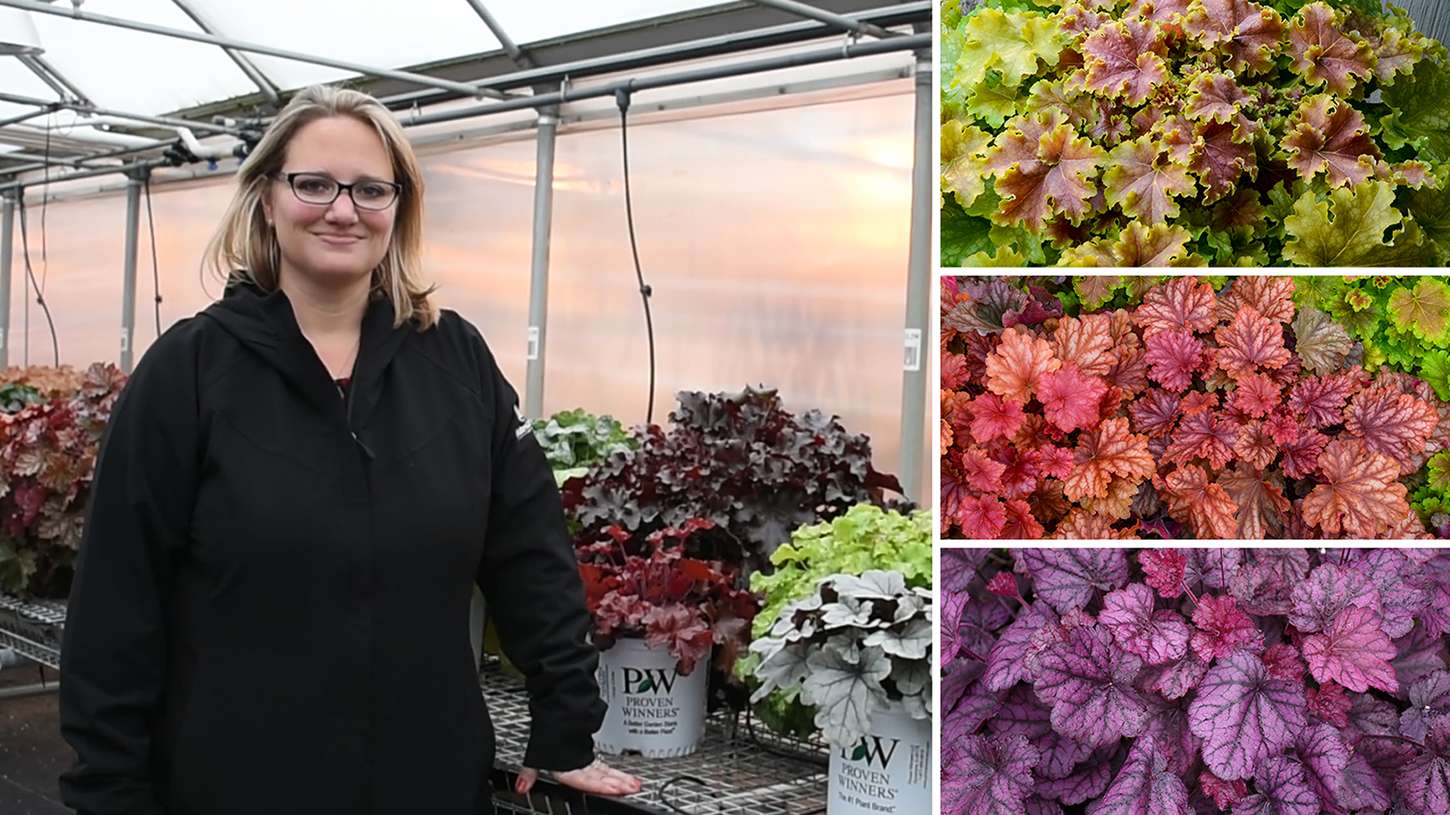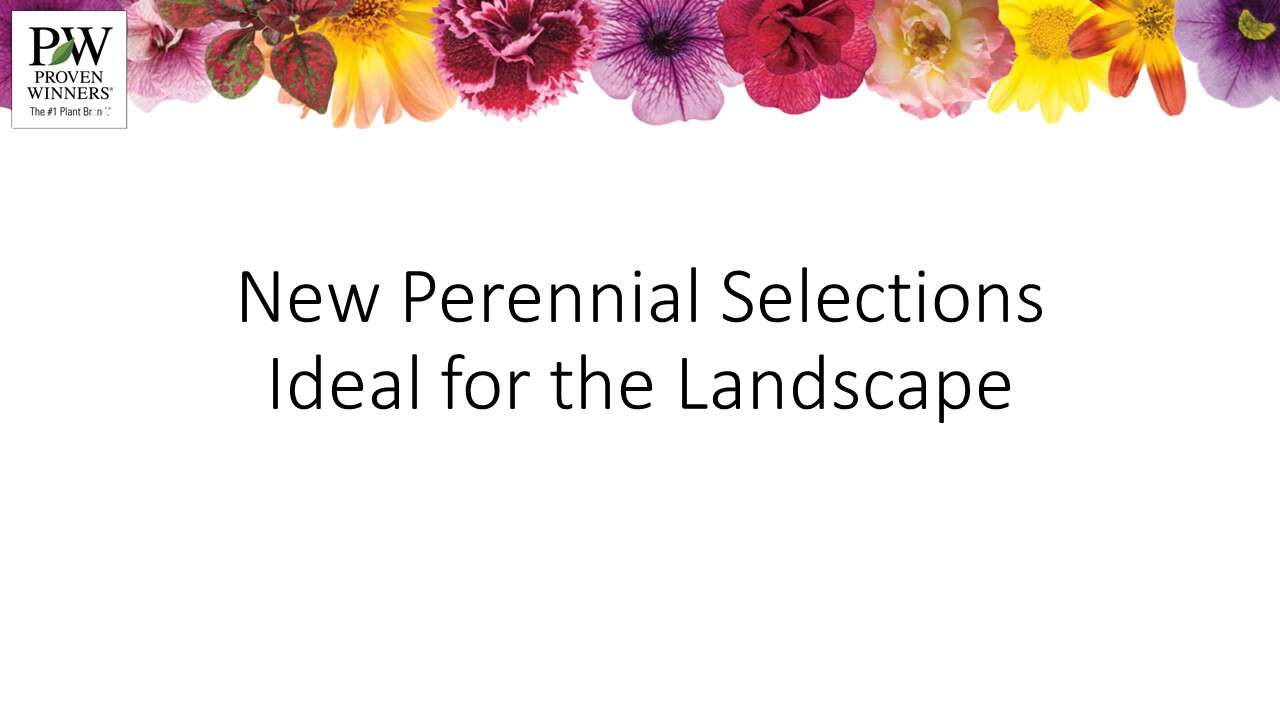Heuchera 'Wildberry' CPBR6869 PP31222
DOLCE® series


Common Name: Coral Bells
2023 Proven Winners National Perennial of the Year®
The intense purple color of these leaves are second to none! Compared to 'Blackberry Ice', the foliage is larger, a richer hue, and holds onto its purple color for much of the season. Large, scalloped, incredibly glossy leaves are a bold shade of purple. Charcoal veins accent the leaf color that make the leaves really pop. Dark stems hold rosy pink calyxes and white flowers. A must have!
Coral bells are easy to grow and blend easily with most other perennials in the landscape. Because of their low, mounding habit, they are often used as edging along paths or in containers. Try cutting a few of the tall flower scapes for fresh bouquets.
The DOLCE® trademark is owned by Walters Gardens, Inc.
